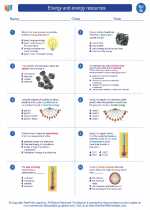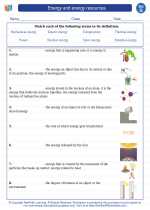Mirrors
Mirrors are smooth, polished surfaces that reflect light. They can be used to form images of objects by reflecting light. There are different types of mirrors, including plane mirrors, concave mirrors, and convex mirrors. Each type has unique properties and uses.
Types of Mirrors
1. Plane Mirrors: These mirrors have a flat, smooth surface and produce virtual images that are the same size as the object and are located behind the mirror. They are commonly used in everyday items like bathroom mirrors and dressing mirrors.
2. Concave Mirrors: These mirrors curve inward and can form both real and virtual images, depending on the position of the object. They are used in devices such as makeup mirrors, satellite dishes, and headlights.
3. Convex Mirrors: These mirrors curve outward and always produce virtual images that are smaller than the object. They are commonly used in security mirrors, car side-view mirrors, and magnifying glasses.
Properties of Mirrors
Mirrors have several important properties that affect the way they reflect light and form images:
Reflection: Mirrors reflect light, allowing us to see our own reflection and form images of objects placed in front of them.
Smooth Surface: The surface of a mirror must be smooth in order to produce clear reflections. Any imperfections or roughness on the surface can distort the reflected image.
Law of Reflection: When light reflects off a mirror, it follows the law of reflection, which states that the angle of incidence is equal to the angle of reflection. This explains how the direction of reflected light can be predicted.
Studying Mirrors
When studying mirrors, it's important to understand the different types of mirrors and their properties, as well as how they form images. Here are some key concepts to focus on when learning about mirrors:
- Identifying the different types of mirrors and their uses
- Understanding how mirrors reflect light to form images
- Exploring the properties of mirrors, including smoothness and the law of reflection
- Practicing with mirror-related calculations and problem-solving
- Conducting experiments to observe how light behaves when it reflects off different types of mirrors
By mastering these concepts, you'll develop a strong understanding of mirrors and their role in reflecting light and forming images.
Feel free to explore further resources and conduct experiments to gain a deeper understanding of mirrors and their properties.






